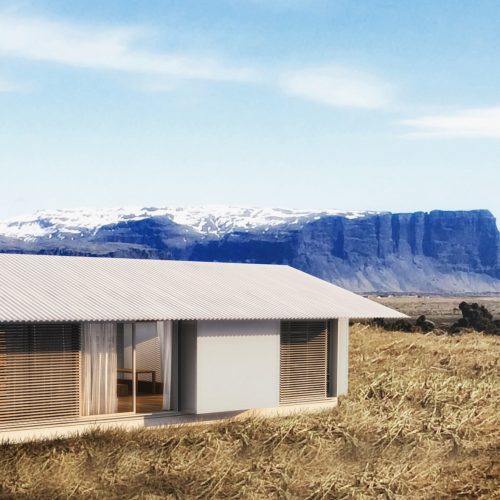Time, together with the advancements in technology, has done significant improvements in prefab—from construction to materials and design. Excellent quality, durability, aesthetics are now given a premium to raise the bar in prefab manufacturing.
But despite this progress, a few common misconceptions about prefab are still prevalent. Here are some prefab myths and the truths behind them.
Myth 1: Prefabs are low quality homes.
Unknown to many, prefab has evolved from the days of mass-produced housing developments in the U.S. into a customizable home that can match diverse preferences.
Technological advancements have redefined the image of prefab homes. Modern prefab homes have been transformed into a more sophisticated living space, produced with superior quality and cost-efficiency in mind.
In fact, a Curtin University professor of sustainability Peter Newman described prefab as “next generation housing” and a game changer due to cost-efficiency, competitiveness and productivity.
Generic designs made of steel and cement sheeting are passé, since modern prefab homes are now built with glass walls like the Modular Glass House by Philip Johnson Alan Ritchie Architects, unconventional shapes like Fuksas’ Matilda Home and Fernando Romero’s Nest Pod, and adaptable architecture like the Casa A by SelgasCano and Helloeverything, among others. With this quality in design, prefab homes are considered more valuable than ever.
Myth 2: Prefab designs are boxy with no variety at all.
The misconception that prefab designs are boxy can be associated to the idea that modules and panels can only result in a box-type structure. Here, each module, which usually has a cube shape, is considered as a unique piece of space that can be attached to other modules to assemble a home.
But unknown to many, producers of prefab homes today have made headway by delivering groundbreaking designs. In fact, Revolution Precrafted collaborates with world-class designers to offer aesthetically appealing prefab structures with a wide variety of designs to match different preferences.
Myth 3: Prefabricated homes are not built to last.
Now manufactured with precision engineering, higher design standards, and innovations in construction, prefabs are guaranteed to possess structural integrity and timeless design making it a worthwhile investment. Strict measures are observed to reduce manufacturing defects. Each home undergoes structural, mechanical, electrical, and plumbing (SMEP) engineering assessment, punch listing, and monitoring.
Prefabs are as durable and functional as traditional homes if not better; the fact that it is transportable and faster to build, makes it an excellent choice.
Myth 4: Prefabs are only for the mass market.
This may be true in the past when prefab was produced for low-cost housing due to returning veterans of World War II in need of homes. But given its advantages like transportability, design flexibility, and faster construction time, the trend has shifted, transforming prefab structures into prime real estate.
This trend is driving renewed interest in prefab homes. Accordingly, global shipments of prefab homes are projected to reach 1.1 million units in 2020.
Premium prefab home designs are now accessible to a larger market, cutting across classes and diverse preferences. With a wide range of designs that are stylish, upscale, flexible, and long lasting, prefab is becoming more appealing to homeowners.
Myths are meant to be debunked, as seen in how significantly prefabrication has evolved through the years. Excellent quality and value for money is what truly sets it apart.




